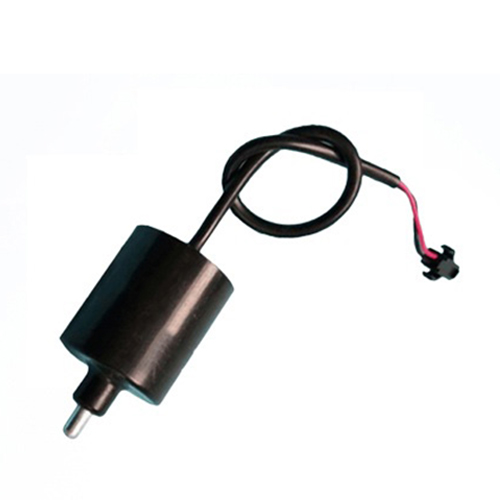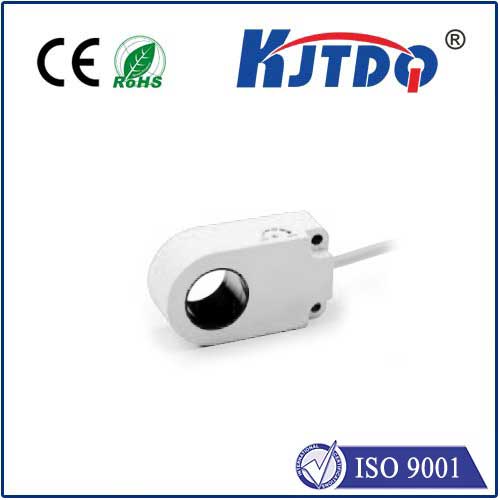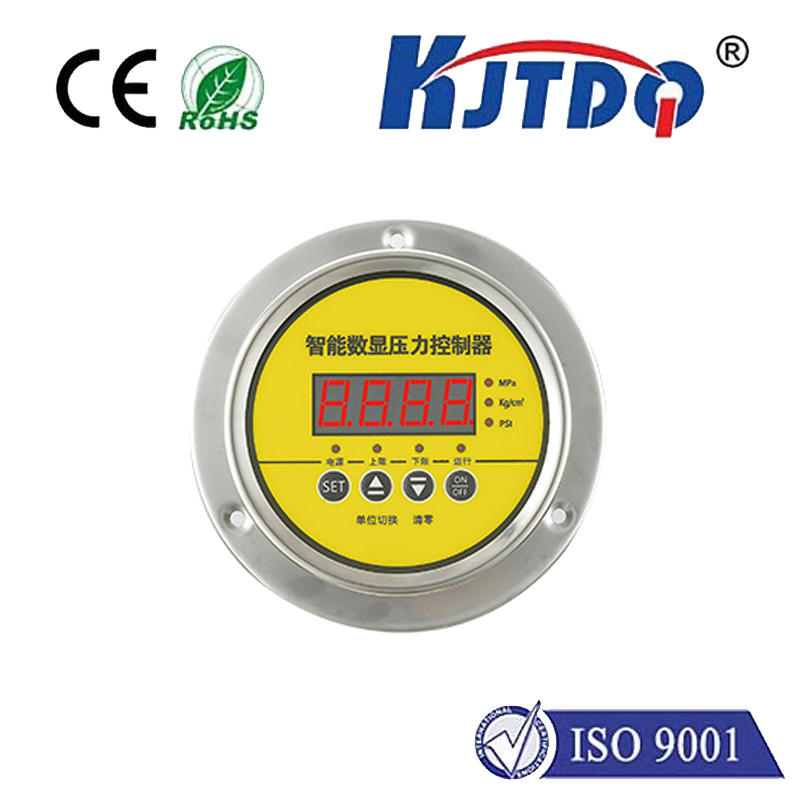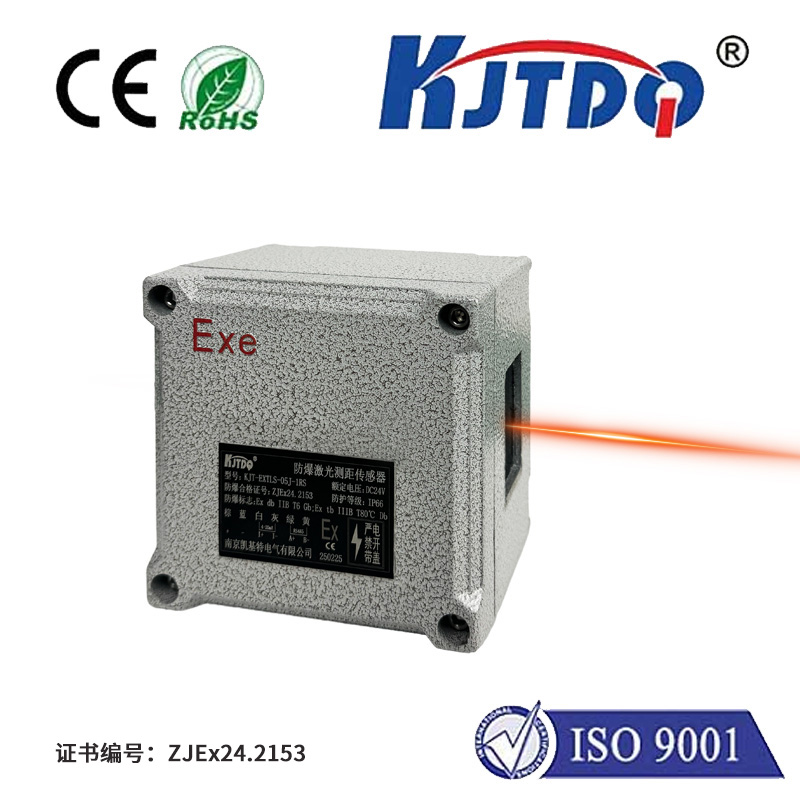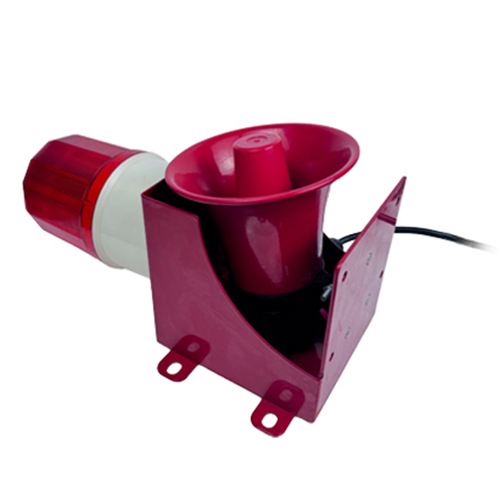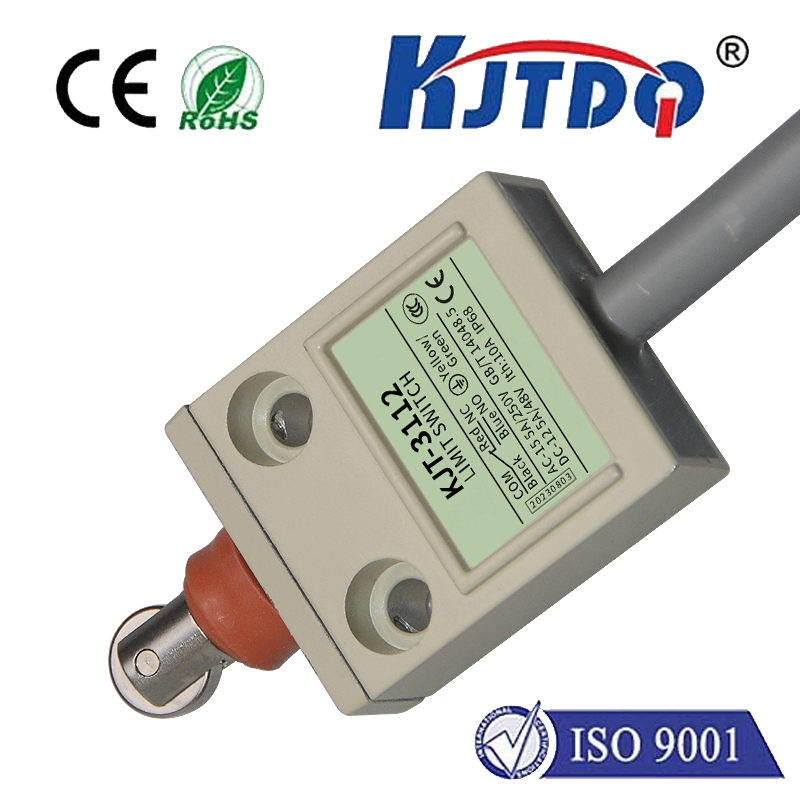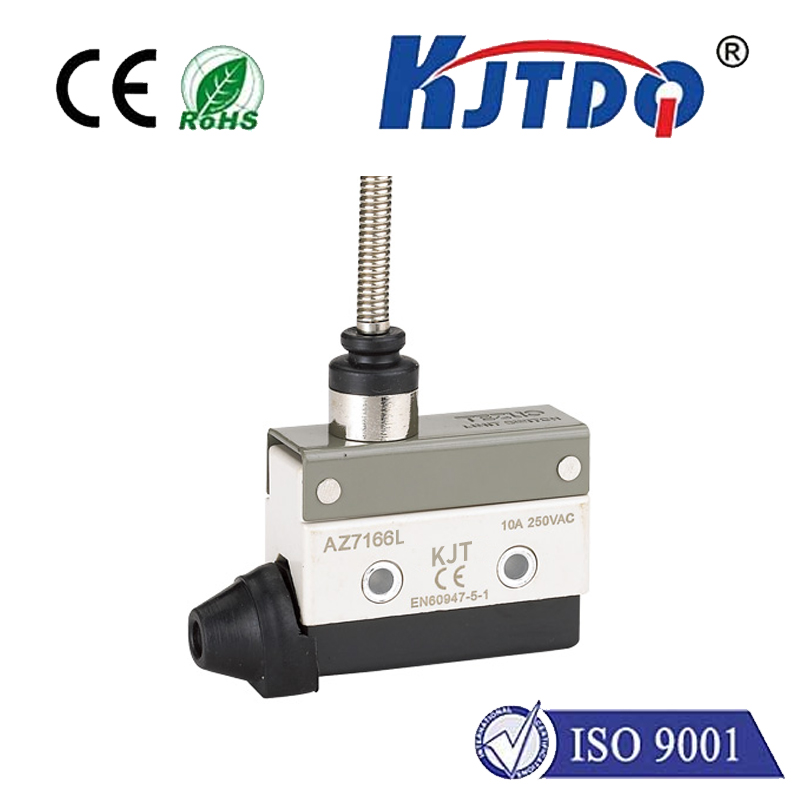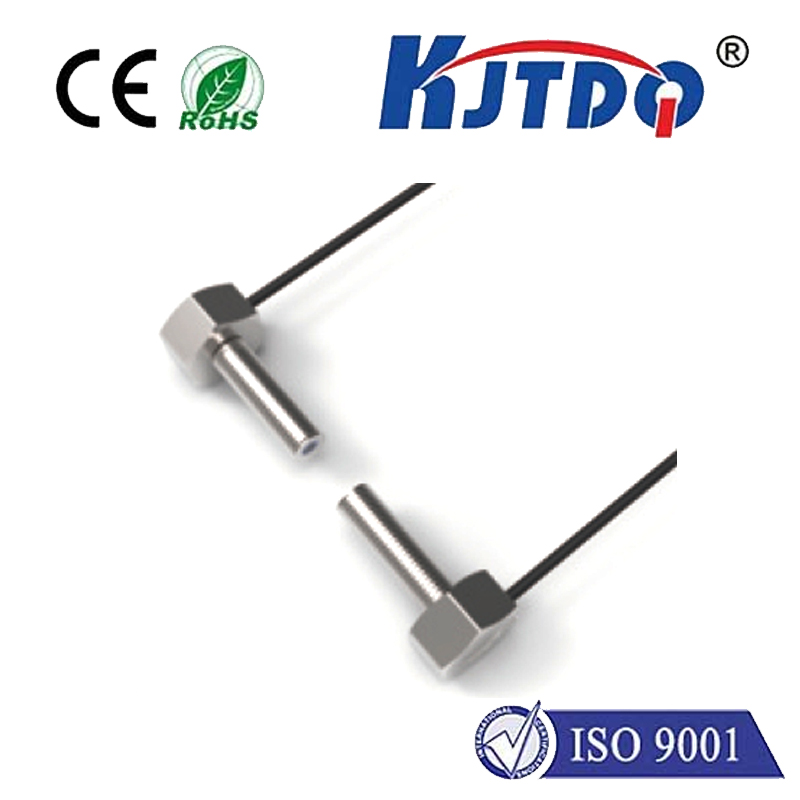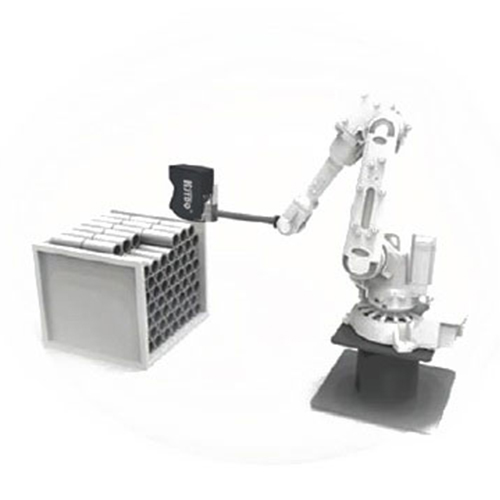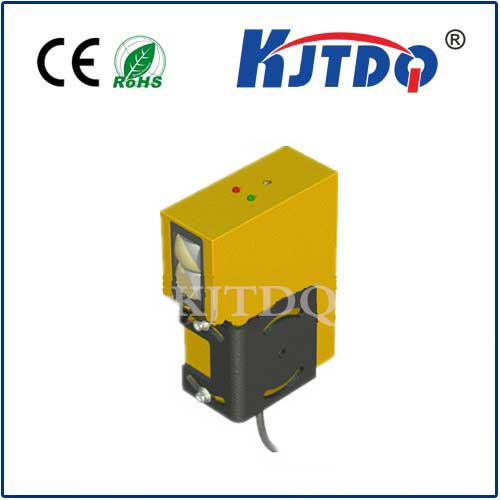

check

check

check

check

check

check

check

check

check

check
Imagine a factory floor humming with activity, but free from the constant clack-clack of manual switches or the wear and tear of mechanical contacts. Envision access control points that not only grant passage instantly but also silently log who passed and when. This is the reality made possible by RFID proximity switches, a transformative technology merging the reliability of switching with the intelligence of contactless identification.
Unlike traditional proximity sensors (inductive, capacitive, optical) that simply detect the presence of an object, RFID proximity switches identify what that object specifically is. They leverage Radio Frequency Identification (RFID) principles to establish a tiny, localized communication zone. When an RFID tag or transponder enters this zone, the switch’s reader antenna detects it, reads its unique identification data, and triggers a switching action – all without physical contact. This fundamental shift unlocks a new level of automation, traceability, and operational efficiency.
How Does This Contactless Magic Work?
At the heart of an RFID proximity switch lies a compact reader module with an integrated antenna. This antenna generates a specific, tightly controlled RF (radio frequency) field, creating its detection zone – the “proximity area.” The size of this zone is precisely defined for predictable operation, typically ranging from a few millimeters to several centimeters, depending on the technology (LF, HF, or UHF) and application needs.
The other crucial component is the RFID tag. These passive tags (powered solely by the reader’s signal) or active tags (with their own power source) contain a microchip storing a unique identifier (UID) and, often, additional writable data. When the tag enters the RF field, it draws power and transmits its stored data back to the reader.

Upon successful identification and validation (often against a predefined list or logic), the RFID proximity switch changes its output state. This typically means closing or opening a relay contact or providing a solid-state (PNP/NPN) signal, usable just like a standard mechanical switch signal – but driven by sophisticated identification logic. This is the core “switch” functionality enabled by the RFID detection.
Key Advantages: Beyond Simple Presence Detection
The unique capabilities of RFID proximity switches deliver compelling benefits:
Diverse Applications Driving Modern Automation
The unique blend of identification and switching makes RFID proximity switches indispensable across numerous sectors:
Selecting the Right RFID Proximity Switch: Key Considerations
To harness their full potential, careful selection is crucial:
Embracing a Smarter Switching Paradigm
RFID proximity switches represent a significant leap forward from simple object detection. By seamlessly integrating reliable contactless switching with precise object identification, they inject intelligence into automated processes. They solve critical challenges in traceability, error-proofing, process control, and asset management, all while offering superior durability in demanding industrial settings. As industries continuously seek greater operational efficiency and data visibility, the adoption of these versatile switches is becoming not just advantageous, but essential for building smarter, more responsive, and more efficient systems. Their silent, data-rich operation is truly unlocking new levels of automation potential.
